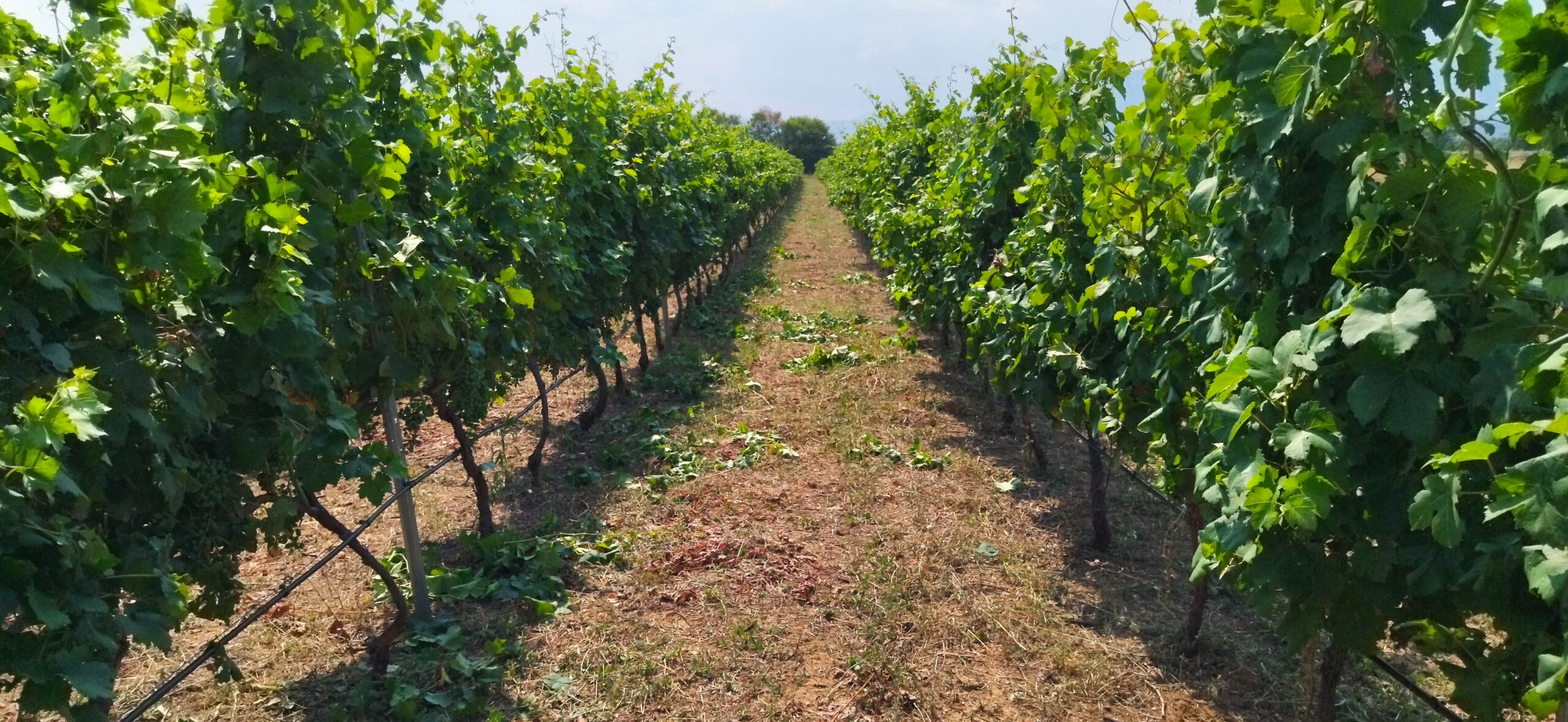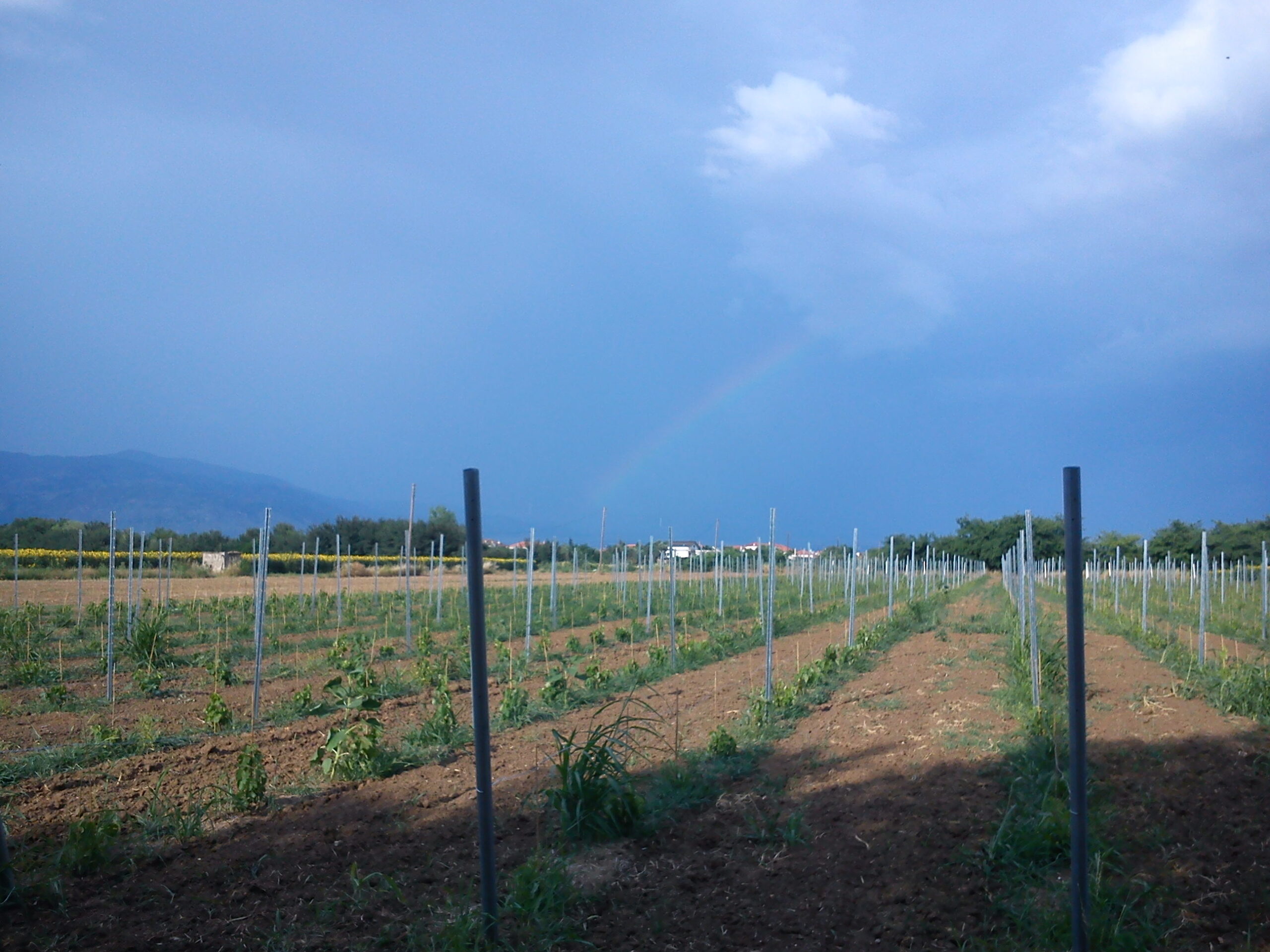
Good cultivation practices to minimize nitrogen losses:
- The application time and quantity should be adapted to the requirements of the crop to avoid untimely and incorrect nitrogen additions:
- The addition is planned and distributed based on the needs and development stage of the crop.
- No addition outside the growing season or before set-aside.
- Addition of optimal quantities according to a fertilization plan.
- Adjustment of the fertilization program during the growing season, based on analyses.
- Balanced nutrition of plants in all nutrients, which promotes the effectiveness of nitrogen applications.
- Vegetation cover throughout the year (intercropping, nitrogen-fixing plants), to avoid periods with bare soil.
- Effective use of organic fertilizers of animal origin and sewage sludge.
- Application in spring when plants can make better use of organic nitrogen.
- Addition using sophisticated techniques that allow immediate integration to reduce losses.
- Incorporating straw to immobilize inorganic nitrogen before winter.
- Cultivation of the soil in spring to avoid the mineralization of nitrogen that follows autumn and winter cultivation.
Inorganic fertilizers contribute about 10% of total ammonia gas emissions, but there are differences between different types of fertilizers.

Inorganic fertilizers contribute about 10% of total ammonia gas emissions, but there are differences between different types of fertilizers. Uria and inorganic ammoniacal fertilisers have a higher gas emission potential under certain conditions. For mineral fertilisers the average loss in the form of ammonia gas ranges from zero (for pure nitrate fertilisers), 1-3% (for ammonium nitrate fertilizers), 8% (for urea/ammonium nitrate solutions) and more than 15% for surface-applied urea (ECETOC, 1994). ECETOC: European Center for Ecotoxicology and Toxicology of Chemicals.
Ammonia evaporation increases from :
- High soil pH
- Low regulatory capacity of H+
- High temperature/radiation
- High wind speed
Ammonia evaporation is limited from :
- High filtration capacity
- High mineral content of clay
- Increase in organic carbon (> 1.5% organic carbon)
- Adequate soil moisture
- Precipitation / irrigation after application
- Incorporation into soil
Πηγή : Kummer Karl-Friedrich (BASF AG) and Chris Dawson and Associates , (2003). Understanding Nitrogen and its Use in Agriculture. Published by European Fertillizer Manufacturers Association (EFMA).
Our Wines
Shop

Related Articles
Related
Κριτήρια προτεραιότητας για τη χορήγηση αδειών φύτευσης αμπελιού
Προκειμένου να χορηγηθούν οι άδειες νέας φύτευσης εφαρμόζονται κριτήρια προτεραιότητας όπως αυτά έχουν επιλεγεί για την κάθε περιφέρεια κάθε αγροτεμάχιο λαμβάνει βαθμολογία στο κάθε κριτήριο με βάση τον συντελεστή βαρύτητας W και τον συντελεστή συμμόρφωσης Pt. Η...
Αιτήσεις για άδειες φύτευσης αμπελιού για το 2024
Οι ενδιαφερόμενοι για την απόκτηση αδειών νέας φύτευσης οινοποιήσιμων ποικιλιών αμπέλου, υποβάλουν ηλεκτρονικά, μέσω της Ψηφιακής Υπηρεσίας Υποβολής Αιτήσεων Αδειών Νέων Φυτεύσεων της ιστοσελίδας του ΥΠ.Α.Α.Τ, αίτηση- υπεύθυνη δήλωση από την 1 Σεπτεμβρίου μέχρι και...
Until 20 November 2023, applications for the restructuring and conversion of vineyards of the 2023-2024 wine year.
The period of application of the intervention for restructuring and conversion of wine-growing areas in our country concerns the wine year 2023-2024.The intervention shall cover one or more of the following actions: (a) varietal conversion of vineyards, including...
